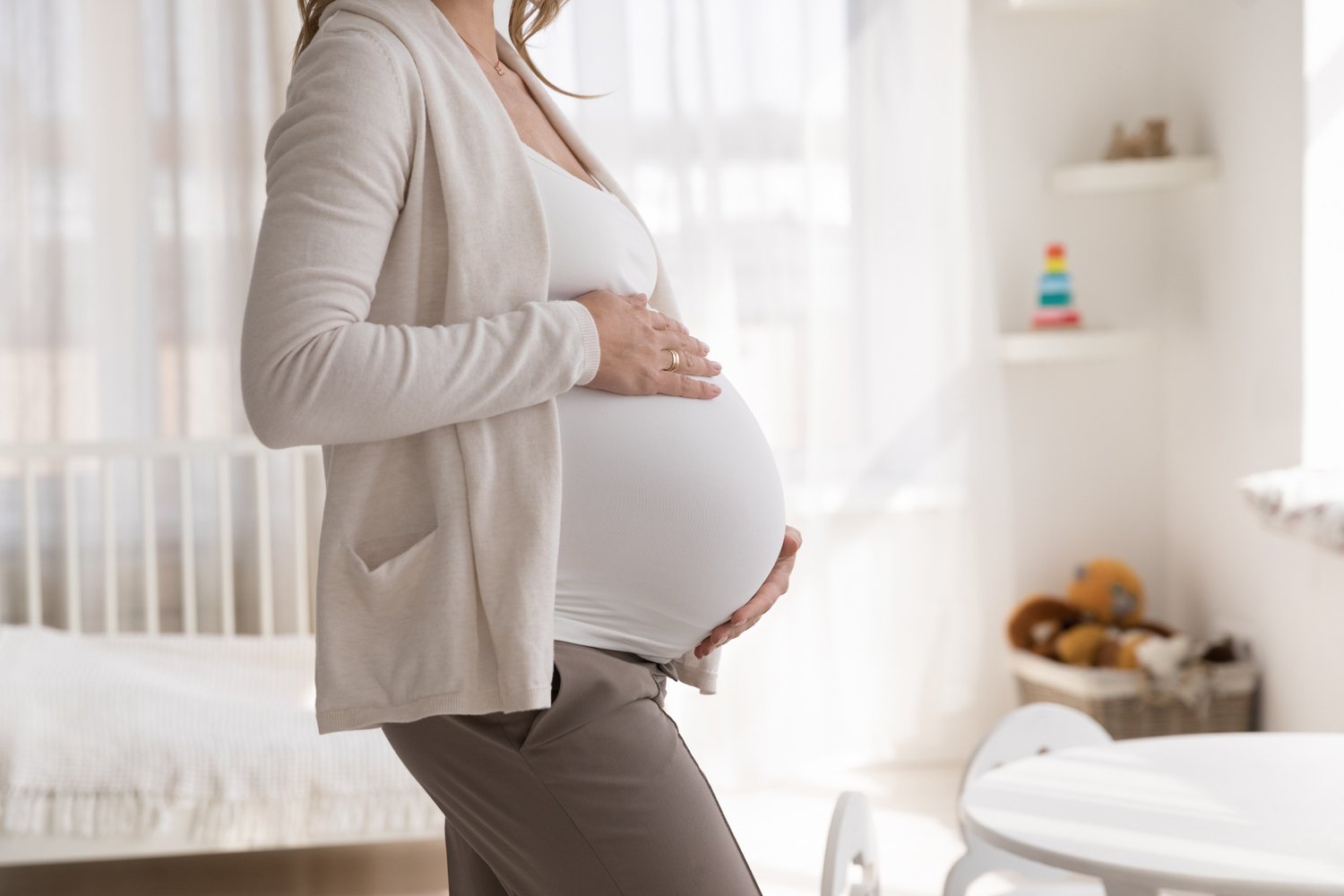One of the most exciting things for many women during their pregnancy is feeling their baby kick for the first time.
As your baby develops, it’s going to begin moving, stretching and kicking inside the womb, and soon you’ll grow accustomed to regular movement from your child as delivery day draws near. But when can you expect to start feeling movement inside the womb, and what type of movement is normal as you progress through your pregnancy? In today’s blog, we explain what type of fetal movement you can expect throughout your pregnancy.
The Start Of Fetal Movement
You’re probably looking forward to feeling your baby move around in the womb, but oftentimes movement isn’t really noticeable until about the halfway mark of your pregnancy. The biggest influence on when you may be able to begin noticing fetal movement is the positioning of your placenta. The placenta is an organ that provides oxygen and nutrients to your developing baby, and its position influences when you may be able to start feeling your baby kick.
If your placenta is attached to the front of your uterus (anterior placenta), the placenta acts as additional cushioning between the baby and the mother’s abdominal wall. Your child will need to be bigger and stronger to produce movement that can be felt through the placenta and abdominal wall, so it’s not uncommon for mothers with an anterior placenta to not notice fetal movement until 22-24 weeks.
Conversely, if your placenta is attached to the backside of your uterus (posterior placenta), you may begin to notice movement much earlier, around the 17-19 week mark. Your women’s care provider can let you know during your prenatal exam where the placenta is located so that you can get a better idea of when you may begin to notice movement.
It’s also worth noting that placenta location is not the only factor that influences when fetal movement can be felt. Body weight also plays a role for a similar reason, as overweight or obese women will have more natural cushioning that may make it harder for fetal movement to be noticed at an earlier stage.
Late Stage Fetal Movement
Around the 24-week mark, most women will start to expect daily movement from their developing child. You may even begin to notice some movement patterns with your child. They may start to be more active during the day or at night, but since it’s easier to notice movement when you’re inactive, many women say that fetal movement is most noticeable in the evening, particularly around bedtime.
Once you hit the third trimester, movement should become more obvious, and a general rule of thumb is that the mother should be able to count 8-12 movements in a two-hour period once a day. You will not notice this during every two-hour window, but you should be able to notice these movements during at least one two-hour period throughout the day. Some women may feel these movements without really trying, while others may need to go to a quiet place and concentrate on feeling movement.
If you are having a day when you believe movement is low, grab a snack and head to a quiet place to lay down. It should become a little easier to notice fetal movement when you’re lying down in a quiet place, and this should help put your mind at ease if you’re at all concerned about movement. If you’re struggling to notice movement even after searching for it and are concerned, give your women’s care provider a call. Lack of movement can sometimes be a cause for concern, but there’s no such thing as too much movement, so if it feels like your baby is practicing karate in your womb, just know that it’s a sign of healthy development!
If you have additional questions about fetal movement or want to talk to a specialist about a different women’s care issue, reach out to the team at MetroPartners OBGYN today at (651) 770-3320.

